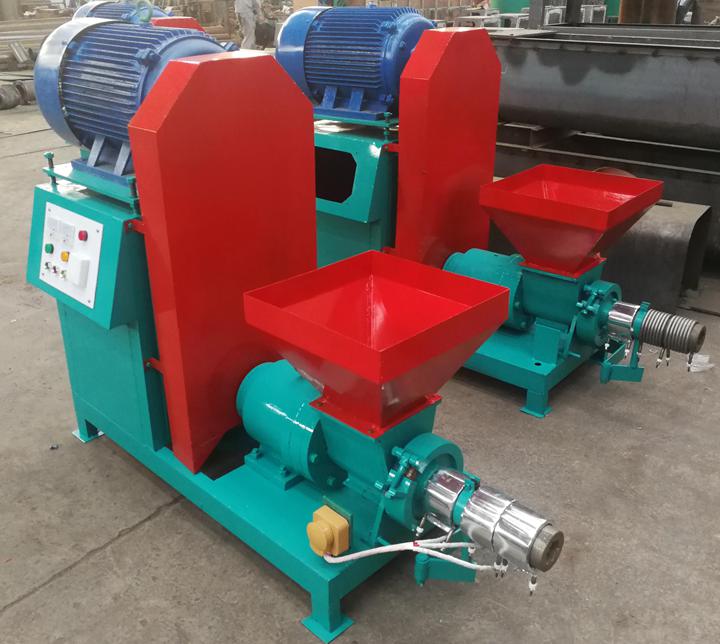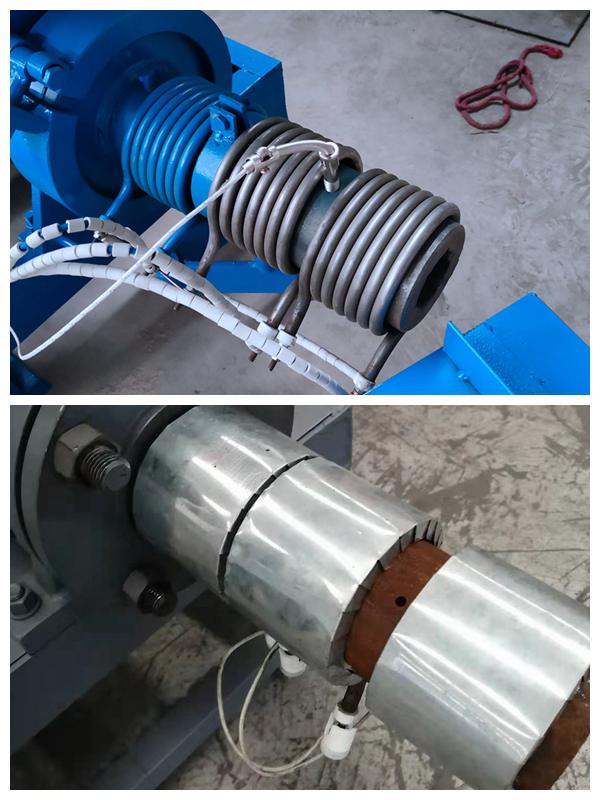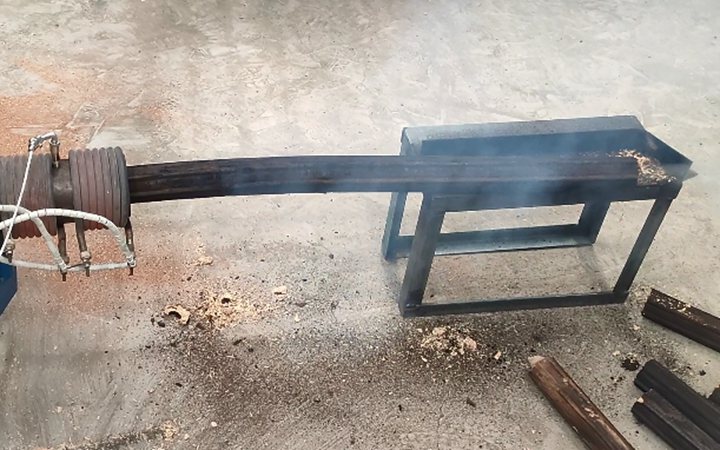In the work process of sawdust charcoal machine flow equipment, we must master the operation technology of the equipment to produce qualified briquette charcoal. The key to the operation is to control the temperature when making charcoal. The current charcoal machine assembly line equipment is equipped with temperature control meters and other accessories, we need to understand the temperature requirements of each step because the temperature required for the raw materials in each stage is not the same. And different temperature production, the out-of-briquette charcoal manufacturing will also vary. Below we will talk about the temperature requirements of each stage of the production process of the briquetting machine so that you can better control it during operation.

The importance of the heating ring of the charcoal briquette machine

The heating ring is one of the more important accessories on the charcoal briquette machine, and its function should not be underestimated. The heating ring is installed on the outside of the sleeve, and its function is a heating device that heats the wood chips, and the wood chips are formed by the high temperature and high pressure of the heating ring.
The working principle of the heating coil is to use resistance wire to generate heat, with low power consumption and a period of time when the heat energy is concentrated. The outer material of the holding ring is stainless steel, and the inside is a high-resistance resistor. The resistance of a heating ring is 2KW, which can generate heat instantly and reach a high temperature.
A set of small charcoal machine equipment is equipped with three heating rings. The power of the heating ring determines the speed of briquetting process. At present, three groups of 6KW heating rings are commonly used. If the power is higher, the life of the heating coil will be reduced, and if the power is lower, the speed and efficiency of the rod will not keep up.
The temperature requirements at each stage of the briquetting process
1. Drying stage of raw materials: When drying the raw materials, we can put the raw materials with higher moisture content in the open-air drying yard for 1 to 2 days to let the surface moisture evaporate to reduce the drying time and fuel consumption. Consumption. Then, we put the raw materials with qualified particle size into the hot air dryer and dry them to dry raw materials with a moisture content of less than 10%. The drying temperature is generally about 140 ℃ ~ 300 ℃.
2. The forming stage of the raw materials: The briquetting process of the raw materials is completed in the machine. There is a heating ring outside the forming sleeve of the briquetting machine, which can increase the temperature of the forming sleeve to about 350°C. In order to ensure that the surface of the briquette charcoal is smooth, dense, and crack-free, we can choose the appropriate molding temperature according to the type of raw material and the moisture content. Its height can only be determined after the field test. Generally speaking, we assume that the screw propeller is qualified, and the moisture content of the raw material is between 6-10%, and the drying temperature: varies according to the shape of the material and the heater model, generally between 140 ℃ and 500 ℃; Temperature: The length of the drying pipeline and the distribution of air volume can be adjusted to control the temperature of the material, generally not exceeding 5℃~7℃.

3. The carbonization stage of the raw materials: From the ignition, the carbonization furnace gradually heats the fuel rods until the furnace temperature reaches 160 degrees. At this time, the moisture contained in the fuel rods will evaporate, but the chemical composition of the fuel rods will not change. , The second step of carbonization is about to begin gradually. At this time, the furnace temperature has risen from 160 degrees to 280. This temperature is generally the heat generated by the fuel rod’s own fuel. The wood begins to change. When the temperature rises to 300 degrees to At 650 degrees, the charcoal rods begin to be discarded and decomposed, and the charcoal becomes charcoal at a high temperature. In these three stages, we must control the temperature to prevent burning and other phenomena. If you continue to heat it to When the temperature is between 800°C and 1000°C, the graphite structure in the carbon will increase, and the conductivity will also increase. At this time, the carbon rods produced are high-quality carbon rods.
